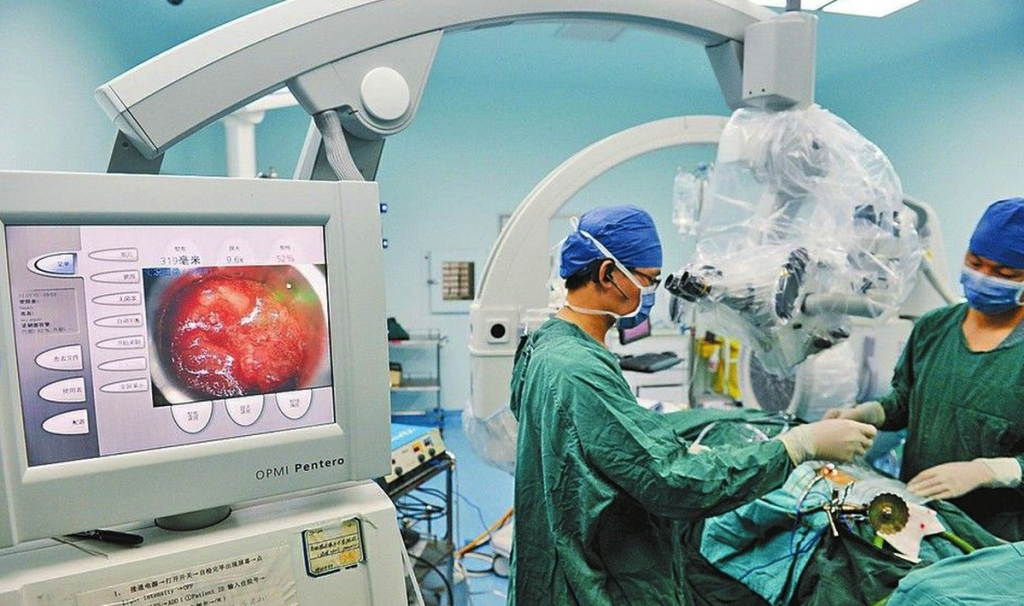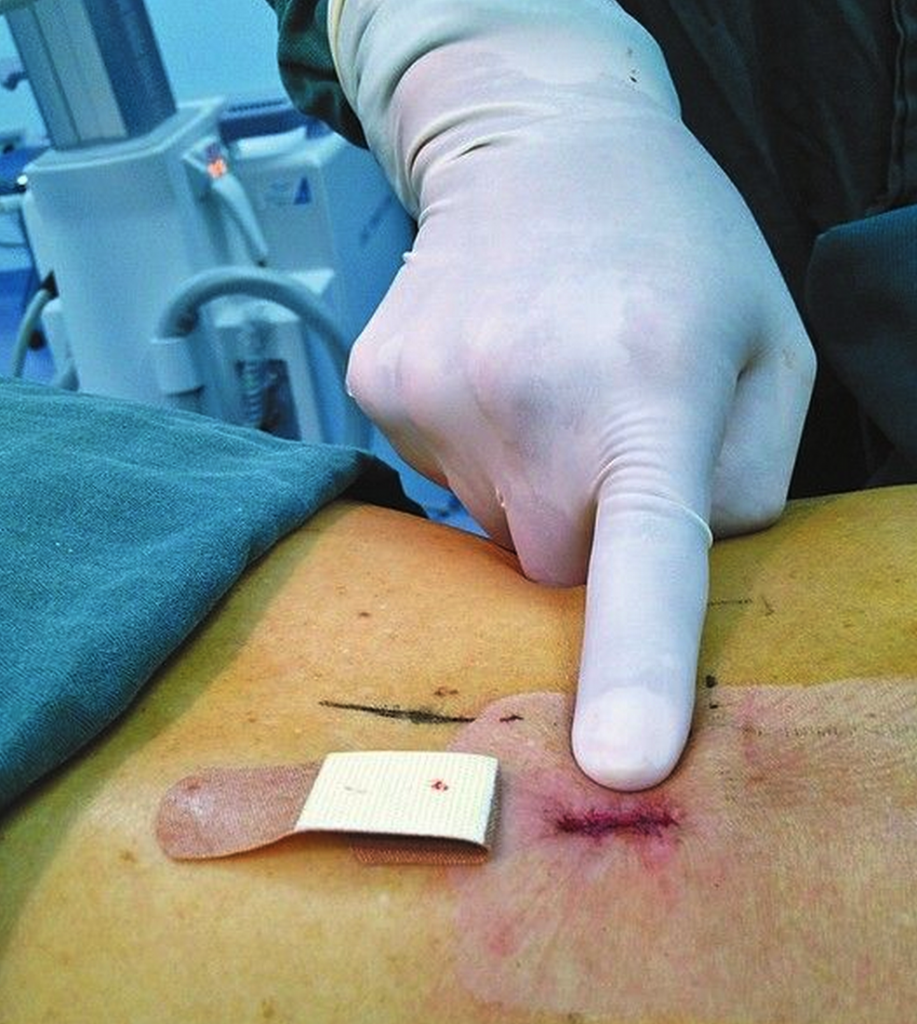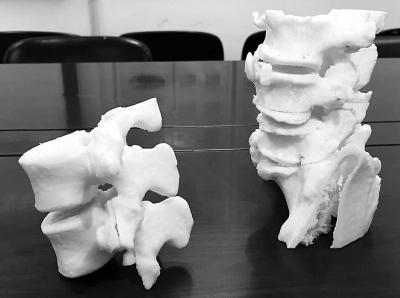 It is becoming increasingly common to see 3D printed models serve as part of the surgeon’s preparatory tool kit. This week, surgeons at Fujian Medical University’s affiliated hospital were aided by an custom model of a patient’s spine, as they performed surgery to address the narrowing of his spinal canal, a condition known as spinal stenosis.
It is becoming increasingly common to see 3D printed models serve as part of the surgeon’s preparatory tool kit. This week, surgeons at Fujian Medical University’s affiliated hospital were aided by an custom model of a patient’s spine, as they performed surgery to address the narrowing of his spinal canal, a condition known as spinal stenosis.
There are a number of things that can cause the spinal canal to narrow, not the least of which is age and as the patient in question had recently turned 81, that was the most likely cause in this case. However, just because the patient is of an advanced age, doesn’t mean he doesn’t deserve all of the benefits that the latest technology can offer to improve his health and ease his suffering.
The patient, “Peter Liu”, has suffered from back problems ever since he was a young man, and as he got older, the pain became more severe. It came to a climax when he found himself paralyzed, and doctors quickly realized that the only course of action that would help alleviate the pain and the paralysis, was to perform surgery on his spine. The space inside of his spinal column had narrowed until it was less than 1/3 of that of a healthy person. In addition, he had other issues affecting his lumbar, such as bone calcification and swelling that added pressure to the spinal canal’s nerves.
Not that surgery done on any area of the body can be done haphazardly, but operating on the spine is particularly risky, as any small inaccuracy in movement can cause irreparable damage to joints and nerves. Despite the fact that this type of back problem is relatively common in older people, each case is still unique as there are a combination of causes, locations affected, physiognomy, and degrees of severity. Being able to have a 3D model of an individual’s spine prior to entering the surgical theater, is a vital part of preparing the medical team to address the patient at hand.
The medical team printed a full scale model of the lumbar region of Liu’s spine, both for study beforehand and to have as a reference in the operating room. In addition to the model, surgeons were aided by information provided from a digital 3D model presented on a monitor during the operation. Being able to prepare for surgery by examining the patient’s 3D printed spinal model meant that the doctors could make a much more precise incision rather than making a larger one necessary in cases where unknown variations had to be accounted for. This means a reduction in the recovery time necessary for Liu, and this is complemented by the shortened surgery time because of the preparation of the medical team for his individual case.
It has been repeatedly demonstrated that surgeons who have access to 3D printed models of the areas upon which they are to perform surgery on, are able to perform the surgery in less time and with reduced risk. The less time a patient spends on the operating table, the more quickly they recover. The fewer surprises that face a surgeon when operating, the better able s/he is to use her/his skill to its highest degree.
The number of cases in which 3D printed models have been used to aid both preparation for, and performance of medical interventions is growing every day. No longer a ‘novelty’ in the practice of medicine, we can look forward to a day when their use is so common it is no longer news, just as we don’t report on the wearing of scrubs or the use of heart monitors. As 3D printing assumes its place in the history of medicine as a watershed development, we will continue to bring you the latest in the myriad of circumstances in which it improves the human experience.
What do you think about this surgery? Discuss in the 3D printing aids in spinal surgery forum thread on 3DPB.com.
Subscribe to Our Email Newsletter
Stay up-to-date on all the latest news from the 3D printing industry and receive information and offers from third party vendors.
You May Also Like
Precision at the Microscale: UK Researchers Advance Medical Devices with BMF’s 3D Printing Tech
University of Nottingham researchers are using Boston Micro Fabrication‘s (BMF) 3D printing technology to develop medical devices that improve compatibility with human tissue. Funded by a UK grant, this project...
3D Printing Webinar and Event Roundup: April 21, 2024
It’s another busy week of webinars and events, starting with Hannover Messe in Germany and continuing with Metalcasting Congress, Chinaplas, TechBlick’s Innovation Festival, and more. Stratasys continues its advanced training...
3D Printing Webinar and Event Roundup: March 17, 2024
It’s another busy week of webinars and events, including SALMED 2024 and AM Forum in Berlin. Stratasys continues its in-person training and is offering two webinars, ASTM is holding a...
3D Printed Micro Antenna is 15% Smaller and 6X Lighter
Horizon Microtechnologies has achieved success in creating a high-frequency D-Band horn antenna through micro 3D printing. However, this achievement did not rely solely on 3D printing; it involved a combination...
































